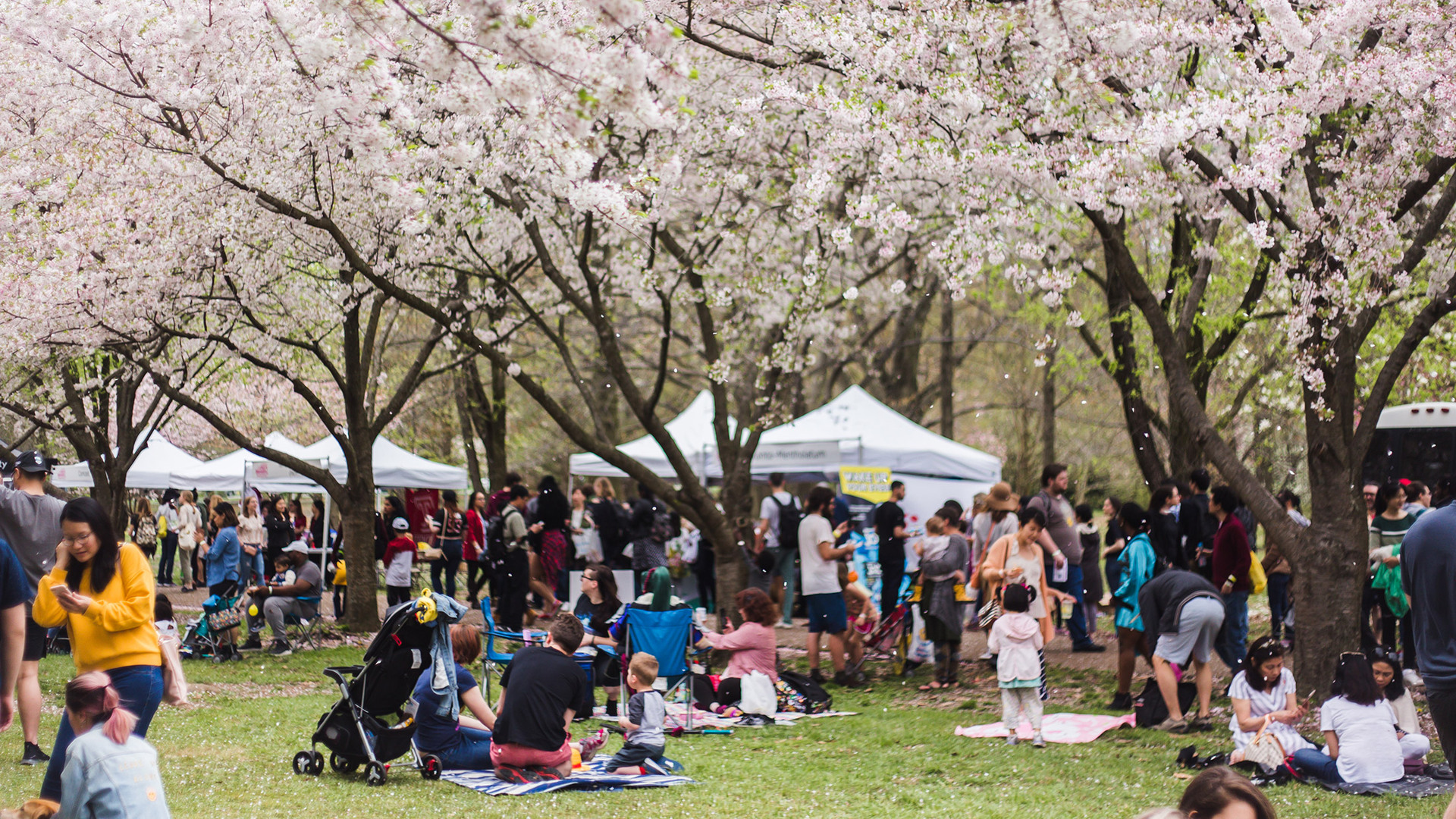
FAQ About Cherry Blossom Festivals
How do weather conditions affect the blooming of cherry blossoms?
Temperature: Warm temperatures promote the blooming of cherry blossoms. A period of consistent, mild temperatures is ideal for the gradual opening of buds. However, if temperatures rise too quickly, the blossoms may open abruptly, shortening their overall blooming duration. On the other hand, unseasonably cold temperatures can delay or damage blossoms.
Chill Hours: Many cherry tree varieties require a certain number of "chill hours" during winter, where the temperature remains consistently cold. These chill hours help break dormancy and ensure proper blooming in spring.
Winter Chill and Warming Trends: A lack of sufficient winter chill hours or unseasonably warm temperatures during winter can lead to irregular blooming patterns. Insufficient winter chill may result in delayed or uneven blooming.
Frost and Freezing Conditions: Late frost or freezing temperatures after the buds have opened can damage or destroy cherry blossoms. Frost can cause the blossoms to wither and may result in a reduced overall bloom.
Sunlight: Adequate sunlight is essential for the healthy development of cherry blossoms. Sunny days during the blooming period enhance the vibrancy of the flowers. Cloudy or overcast weather can prolong the blooming period, but extended periods without sunlight may impact the overall quality of the blossoms.
Rainfall: While cherry trees need water for growth, excessive rainfall during the blooming period can be detrimental. Heavy rain can weigh down the delicate blossoms, causing them to fall prematurely. Rain can also lead to fungal diseases that affect the health of the tree.
Wind: Strong winds can damage cherry blossoms, especially if they are in full bloom. Wind can cause the petals to fall prematurely, shortening the duration of the blooming season.
Microclimates: Localized weather conditions, known as microclimates, can influence the blooming time of cherry blossoms. Factors such as proximity to bodies of water, elevation, and urban heat islands can create variations in temperature and affect the timing of blooming.
